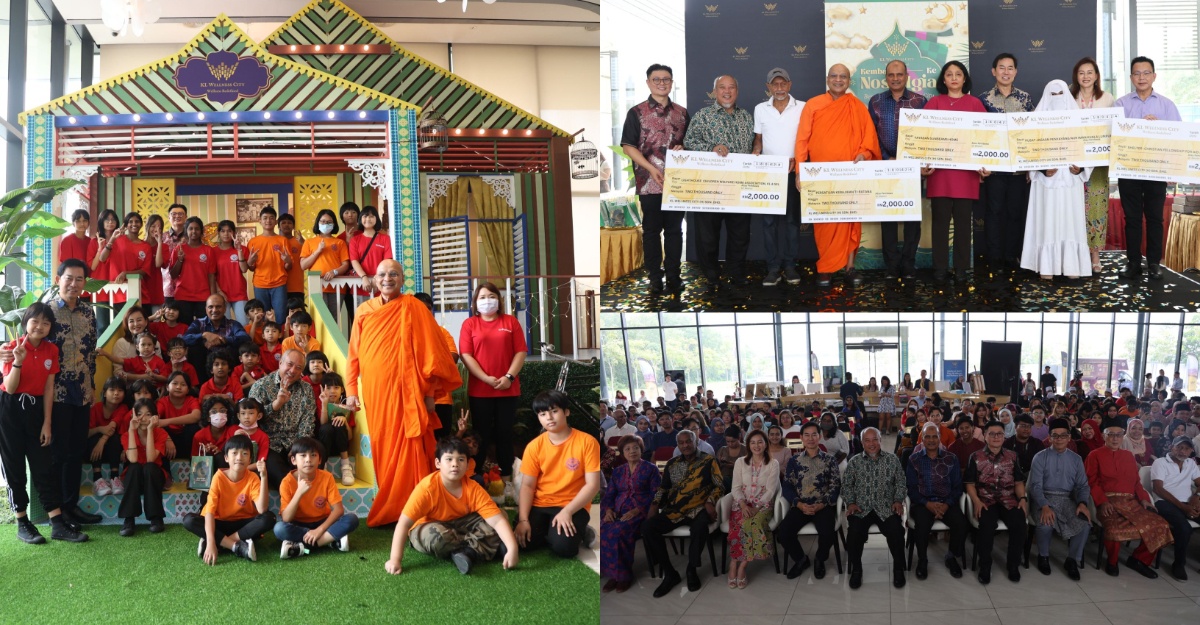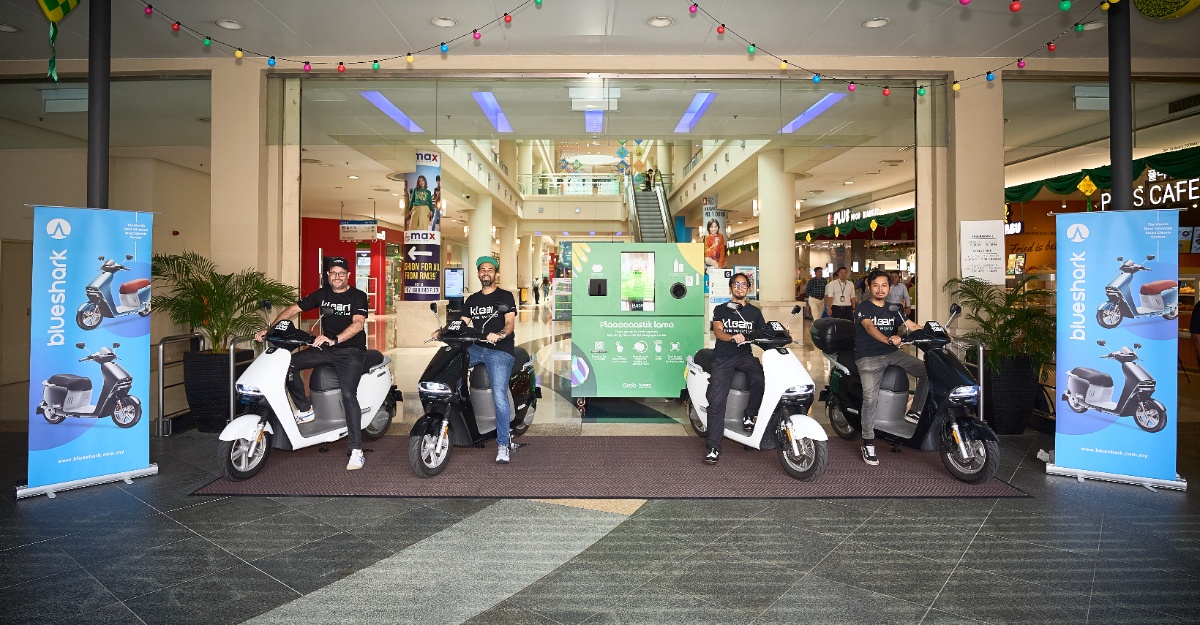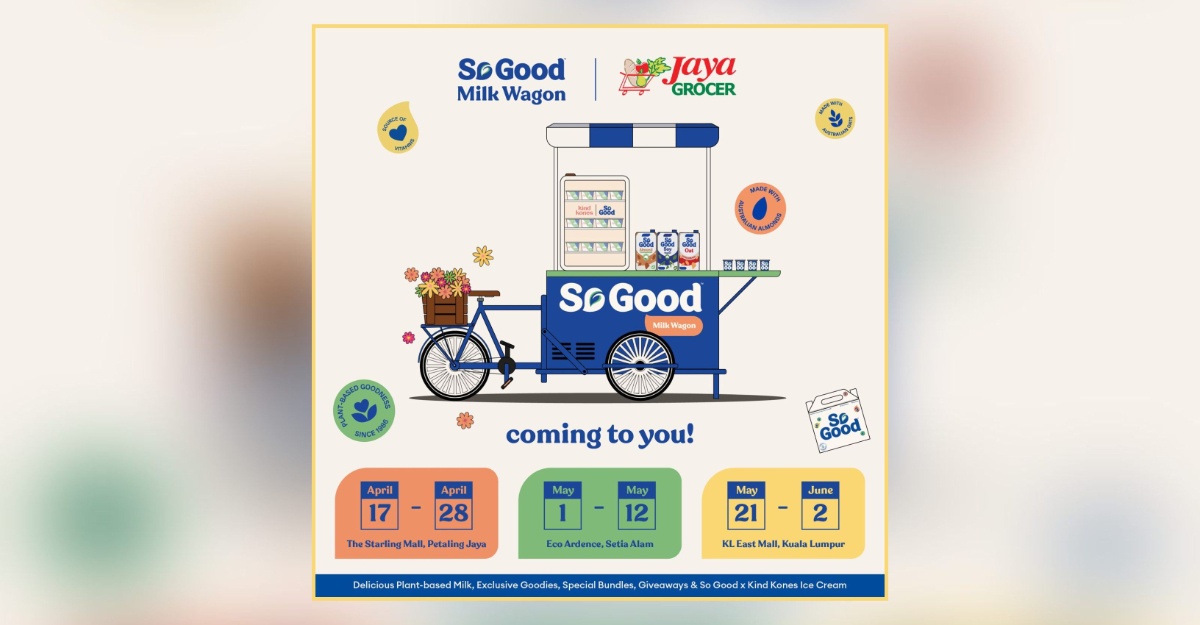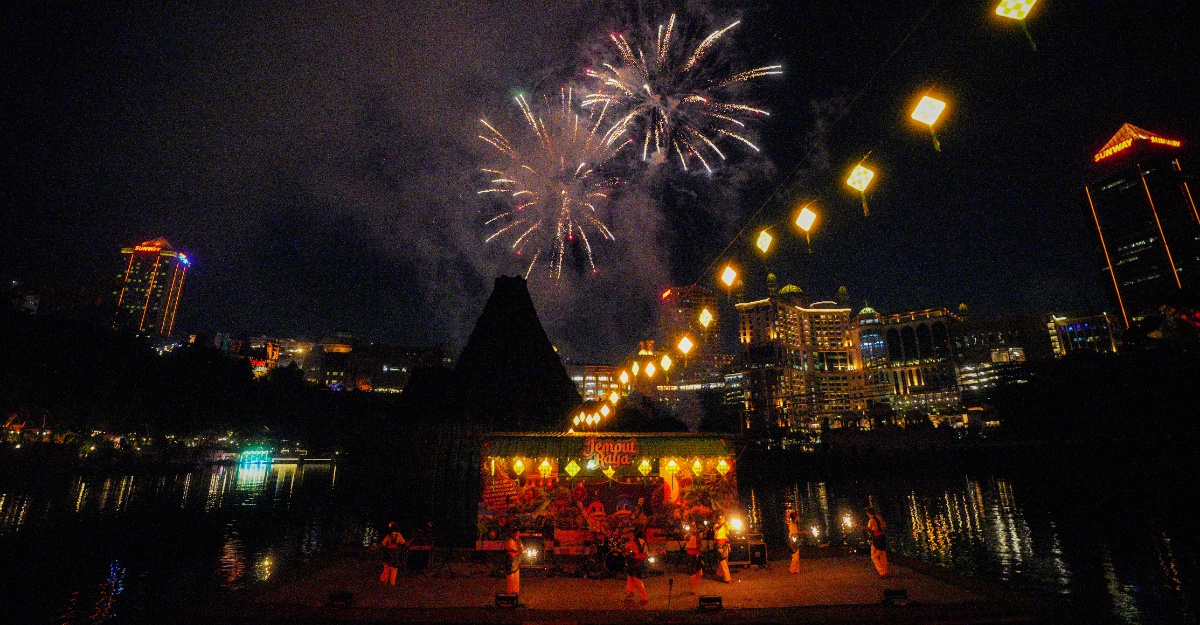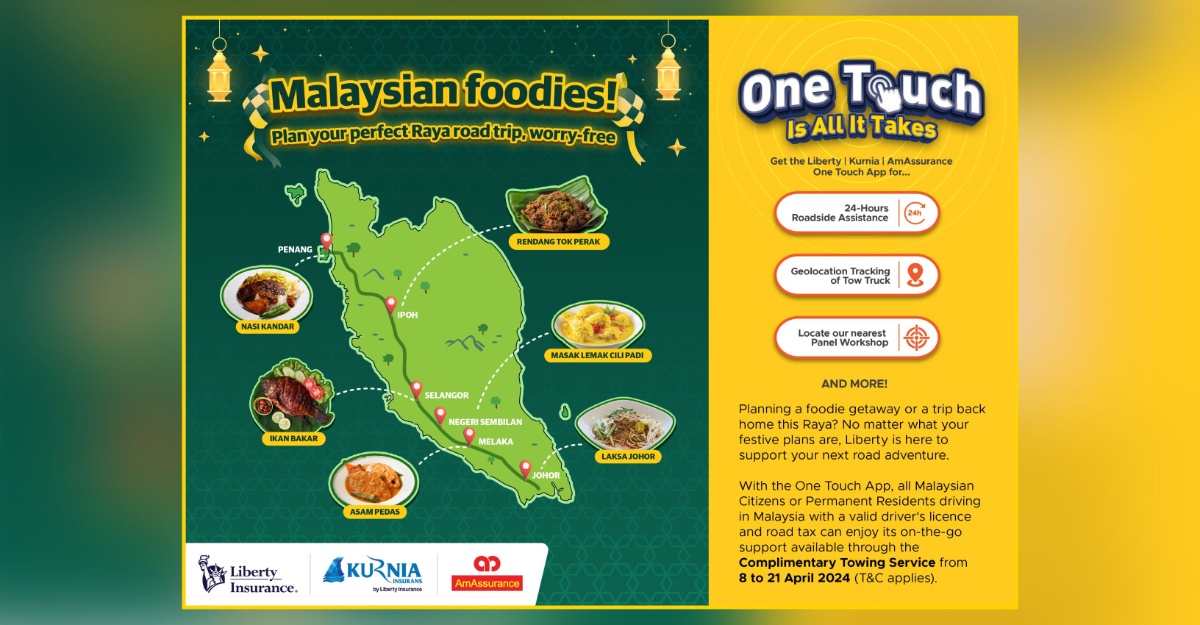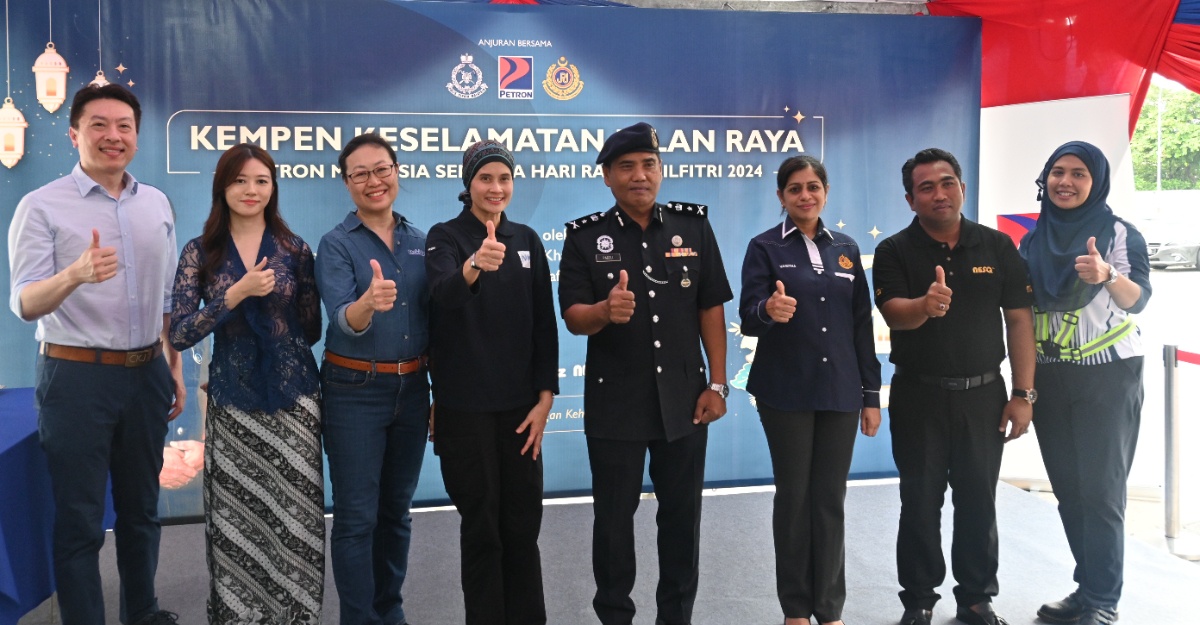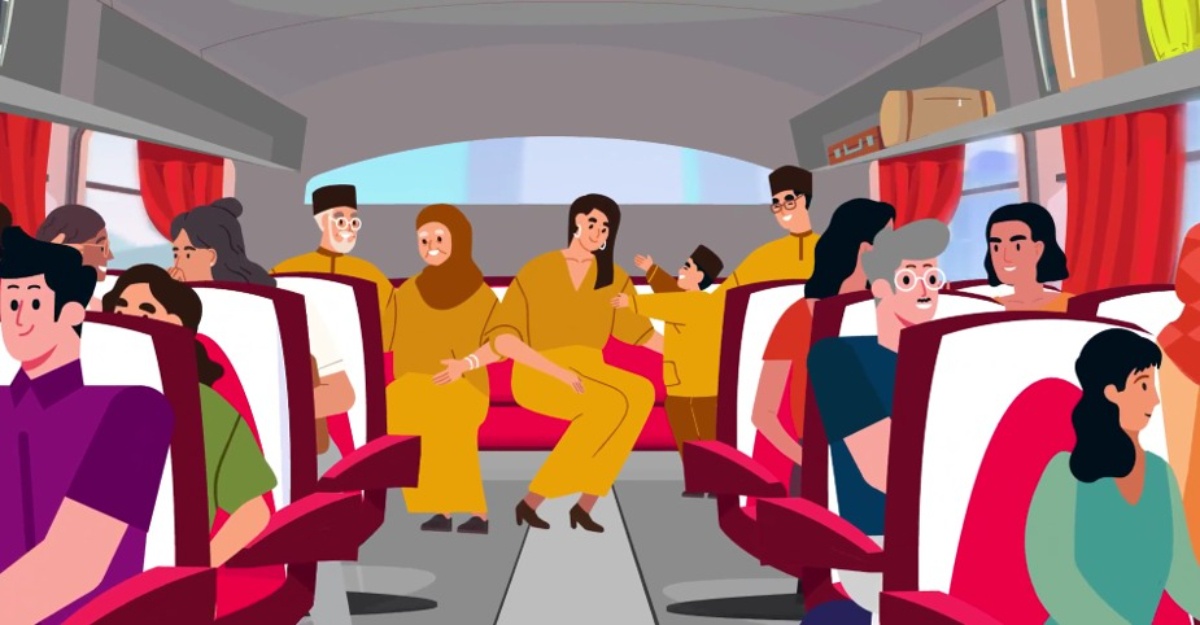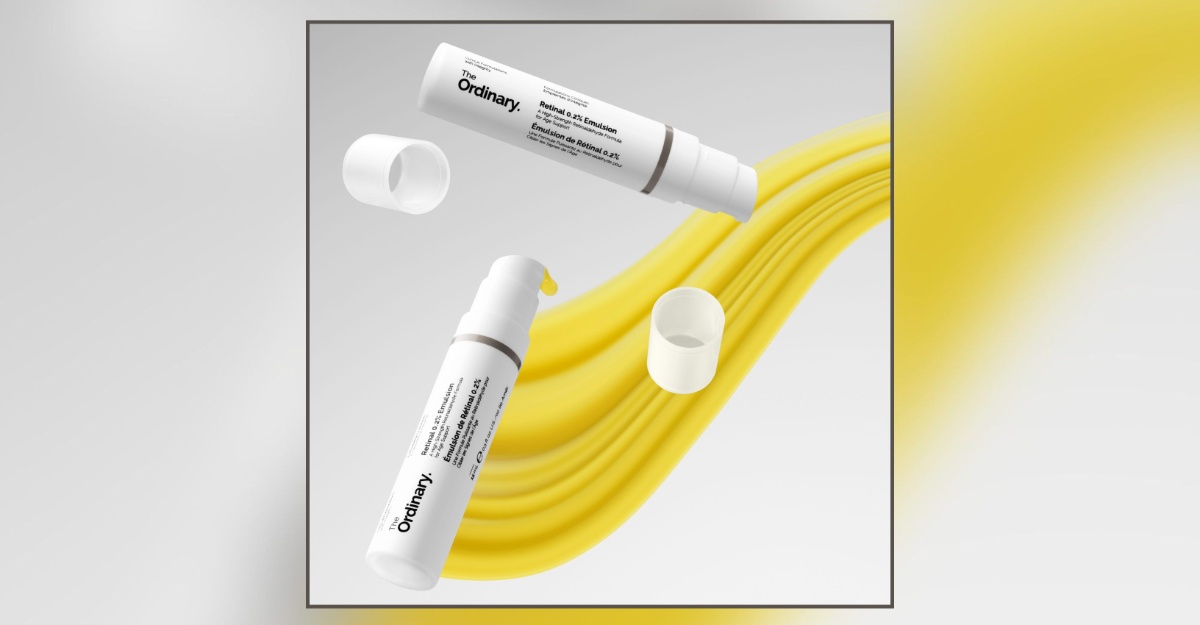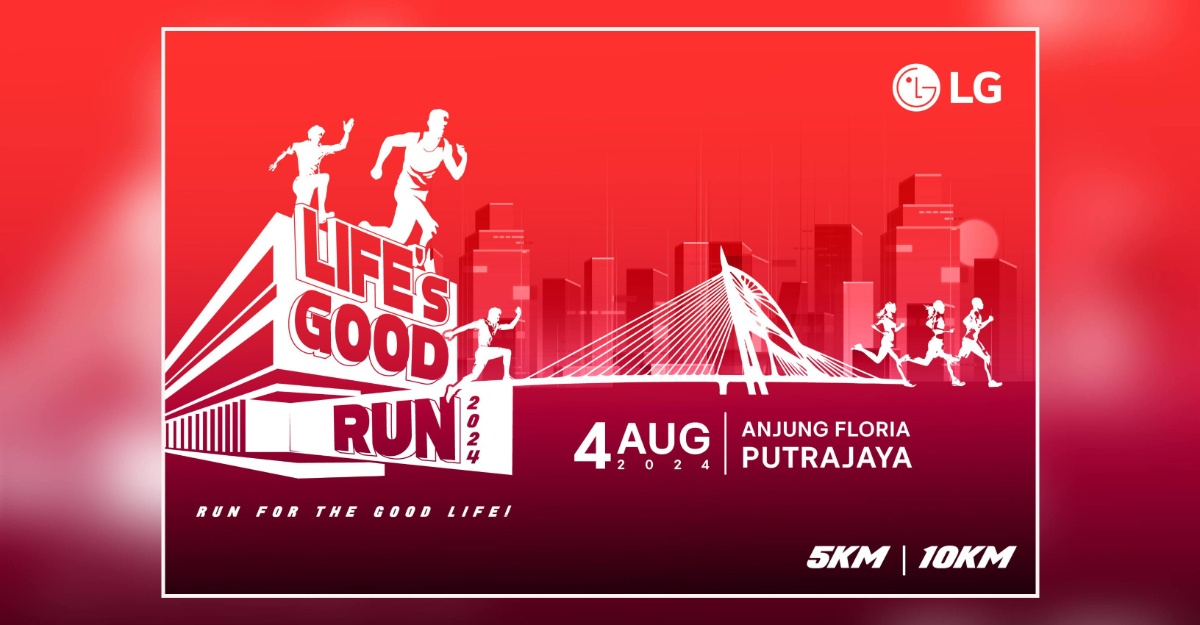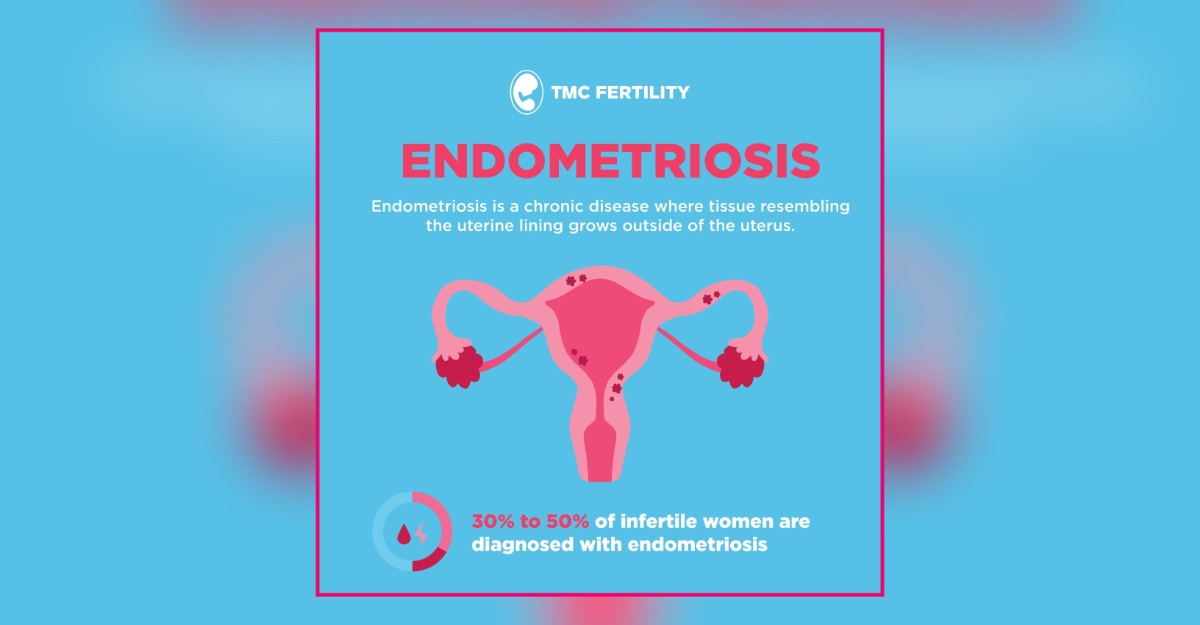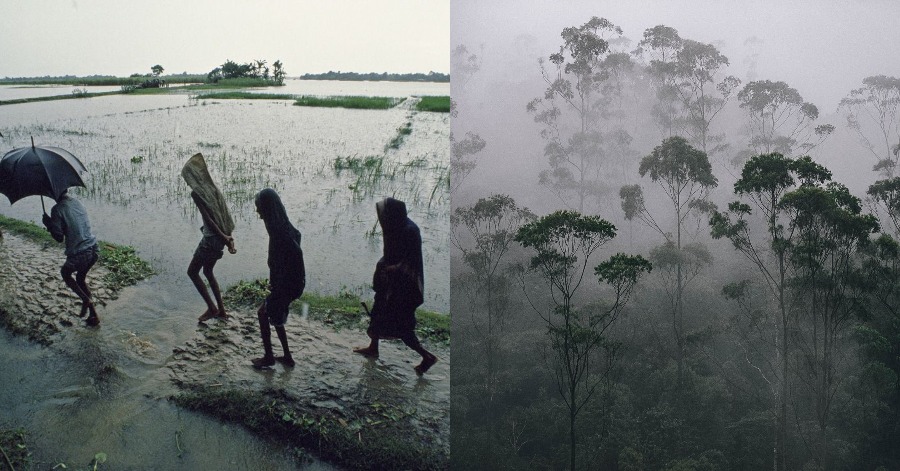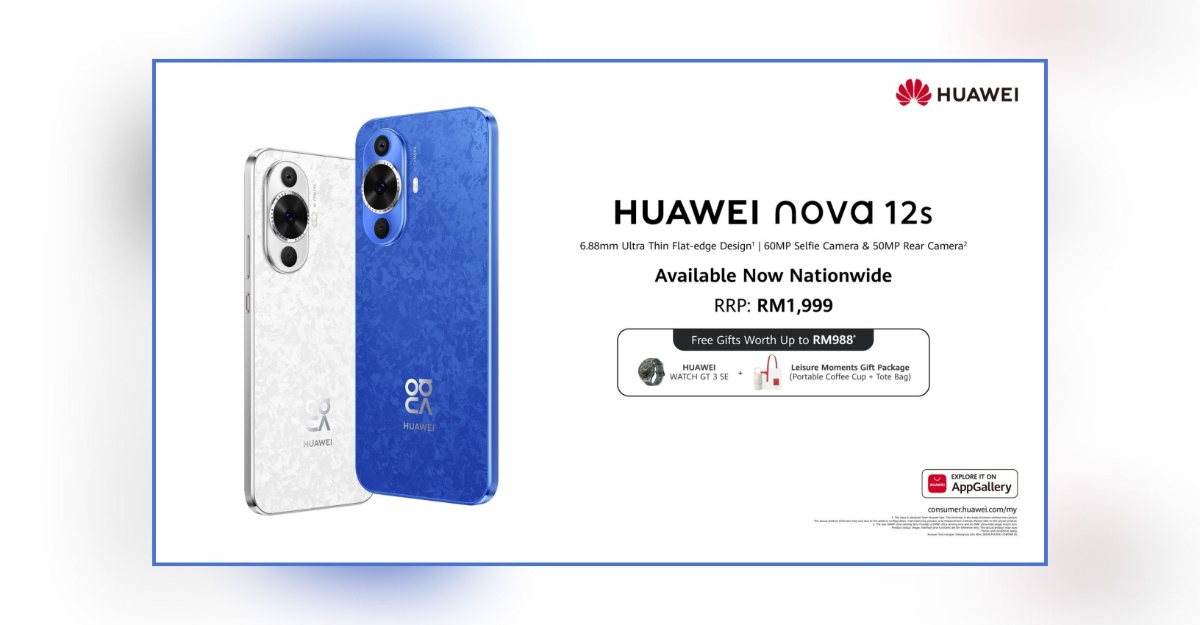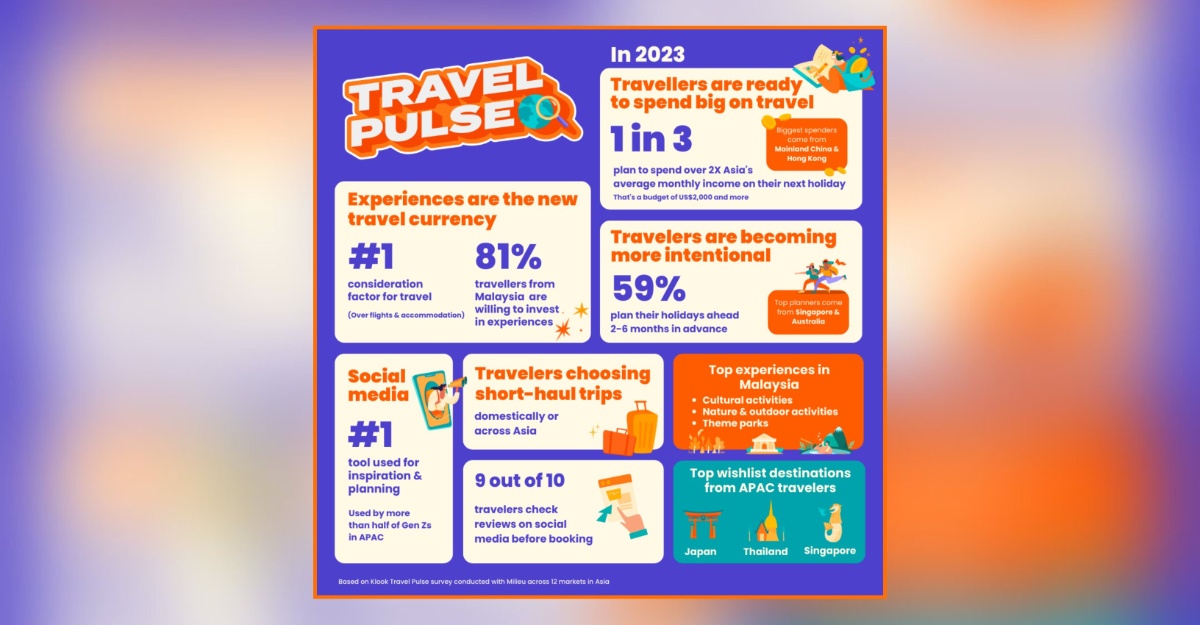A monsoon is commonly used to describe a wet season, although this simply relates to the weather that a monsoon delivers, not what a monsoon is. A monsoon is a change in precipitation caused by a seasonal shift in wind direction and pressure distribution.
All winds are caused by pressure differences between two points. In the case of monsoons, this pressure imbalance is caused by temperatures that are much warmer or cooler than those over nearby oceans across enormous landmasses such as India and Asia.
What happens during monsoon?
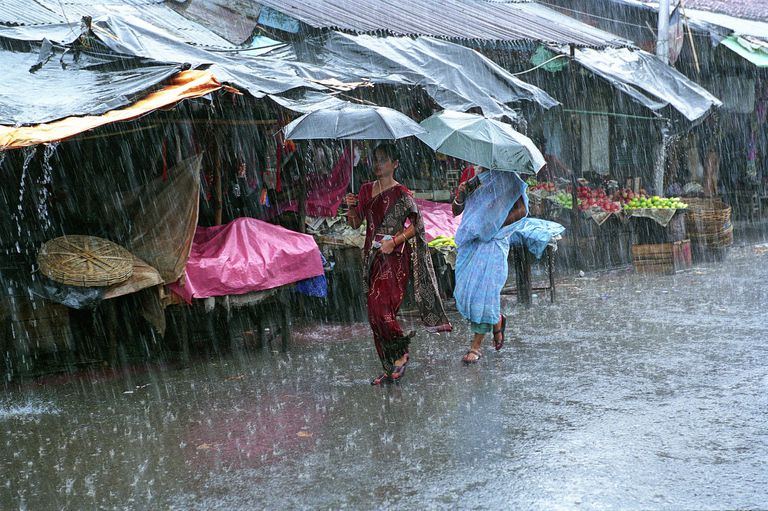
Picture: ThoughtCo
Monsoon is generally a rainy season. So there will be lots and lots of downpouring. All this leads to one common phenomenal issue which is a flood. Monsoon can cause a lot of damage and it isn’t easy when a flood hits a certain area. Powerful floodwaters can drown victims, destroy agricultural spots, damage buildings, leave people without homes, leaving people vulnerable to the elements and also diseases.
It is also advisable to prevent visiting the seaside during the monsoon season as tides can rise and that can be dangerous. You still can plan your vacation during the monsoon season but just take extra precautions.
Can Monsoon Be Predicted?
The uncertainty in how experts now anticipate monsoons originates from a number of variables, one of which is the Earth’s natural climate fluctuation. Because of the monsoon’s complicated nature, monsoon lows (low-pressure areas) and monsoon depressions are difficult to predict. It’s not out of the question. Different countries may have different prediction methods but. The National Oceanic And Atmospheric Administration (NOAA) in the US have quite a number of tool to forecast weathers which also includes predicting monsoons.

Picture: NOAA
Doppler radar- an excellent tool for assessing these situations and a meteorologist’s window into observing severe storms. Doppler radar detects all sorts of precipitation, thunderstorm cloud rotation, tornado debris in the air, as well as wind strength and direction.
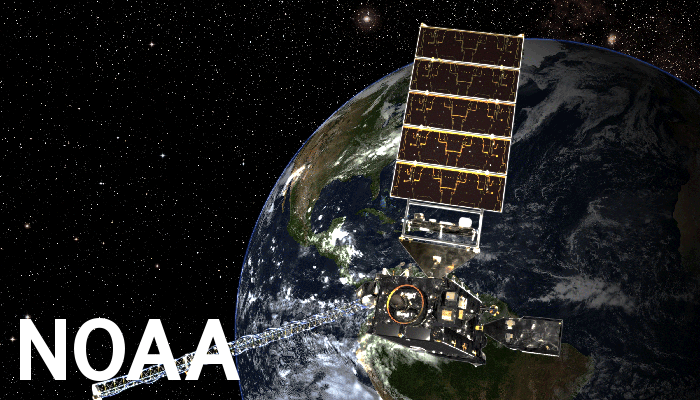
Picture: NOAA
Satellite data- From space, weather satellites keep an eye on the planet, collecting observational data that our experts evaluate. The satellites orbit the Earth close to the surface, collecting six or seven detailed photographs each day, staying high above the surface, capturing images of the entire Earth every 30 seconds, and facing the sun to monitor strong solar storms and space weather.
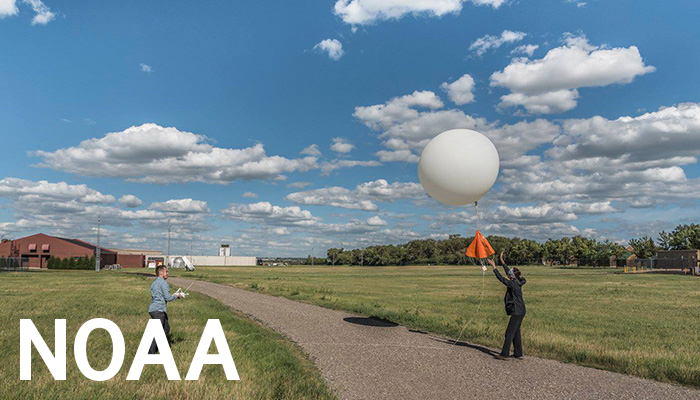
Picture: NOAA
Radiosondes- Weather balloons are tethered to radiosondes, which are then launched. The radiosonde floats to the upper stratosphere for two hours, collecting and transmitting data about air pressure, temperature, relative humidity, wind speed, and wind direction every second.
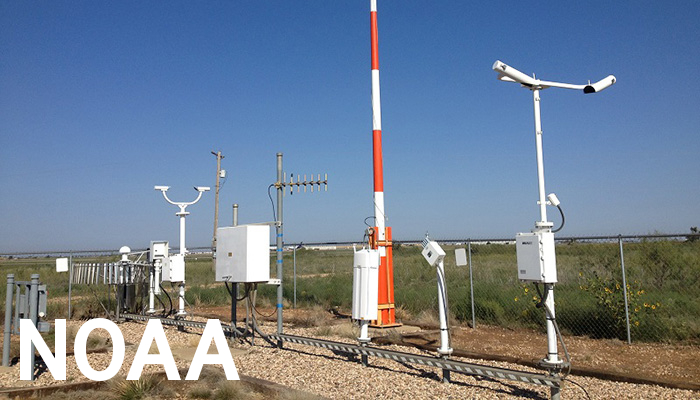
Picture: NOAA
Automated surface-observing systems- ASOS keeps a close eye on the weather on the planet’s surface. Up to 12 times an hour, ASOS will report data on sky conditions, surface visibility, precipitation, temperature, and wind.

Picture: NOAA
AWIPS – is a computer processing system that incorporates data from all of the previous technologies into a graphical interface that forecasters use to analyze data, generate predictions, watches, and warnings, and issue them. Models and forecast guidance products are used to process data from Doppler radar, radiosondes, weather satellites, ASOS, and other sources utilizing NOAA supercomputers. AWIPS provides weather visualizations as well as hazardous weather watches and warnings when meteorologists prepare forecasts.
Monsoon in Malaysia
In Malaysia, we have the east coast and west coast. Both parts do experience the monsoon season.

Picture: Wikipedia
The rainy season, or monsoon season, affects the climate in the eastern part of the peninsula from mid-October to the end of March. Because the weather is usually very bad during these months, it is not the greatest time to visit these parts of Malaysia. During the monsoon season, several tropical islands will ‘shut.’ Resorts are closed, and ferries and boats do not transport visitors to the islands. It can sometimes rain for days during the monsoon season. This isn’t to say you should stay away from Malaysia during these months. This monsoon has had no effect on the rest of Malaysia.

Picture: TRP
There is an official Southwest monsoon from May to October, however, you won’t notice it very much in most circumstances. It can always rain in Malaysia, even outside of the monsoon season; it is, after all, a tropical location. In contrast to rainfall in Europe or the United States, where it can last for days, rainfall in tropical areas such as Malaysia is usually brief and violent. This implies that it will rain heavily virtually every day, mainly at the end of the day between 16.00 and 18.00. Aside from that, it frequently rains at night. Thunder can be heard at night on occasion.
Despite the disadvantage, it may bring, sometimes monsoons cannot be all that bad. The arrival of the monsoon heralds a respite from the oppressive summer heat. The monsoon is a godsend for farmers around the country as well as for agriculture in some areas. Farmers look forward to the monsoon because rains are essential for agricultural growth. Fields, crops, trees, and plants all come to life during the monsoon. Droughts can also develop when the monsoon does not arrive on time.
Sources: ThoughtCo,Wonderful Malaysia,Sid Martin Bio,NOAA,National Geographic

